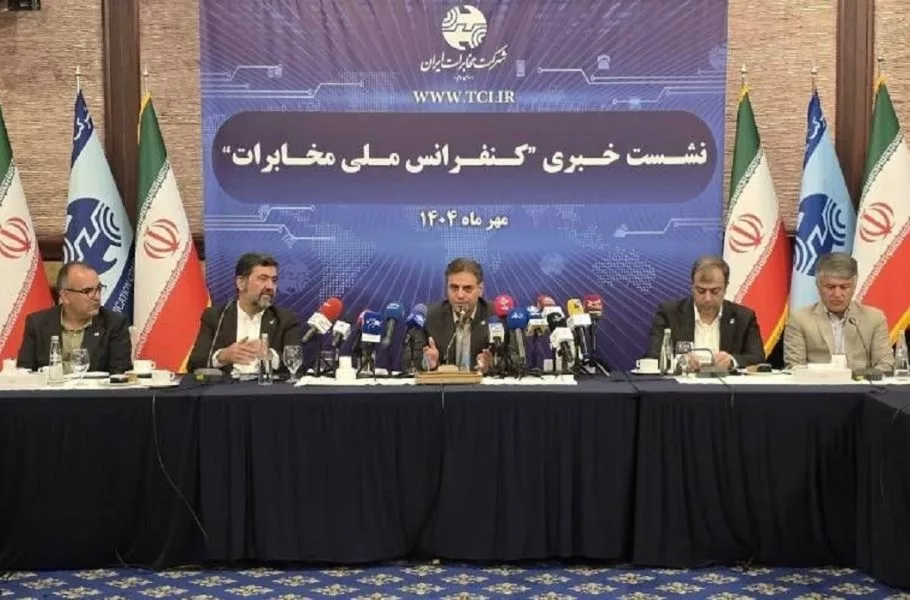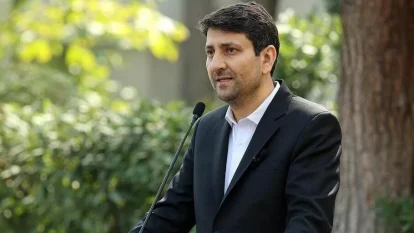
Iran Launches $5 Billion Fiber Optic ‘Swap’ Project to Raise Digital Economy’s GDP Share to 12%
Iran launches its largest ICT initiative, a $5 billion fiber optic project, to enhance internet infrastructure and drive digital economic growth.
The CEO of Iran's Telecommunications Company has described the transition from copper cables to fiber optics, known as the 'Swap' project, as the country's largest ICT initiative. He stated that this project will increase the digital economy's share of Iran's gross domestic product (GDP) to 12%.
A press conference was held today (Tuesday, October 5, 2025) by Iran's Telecommunications Company focusing on the Swap project, challenges in the national communications network, and the upcoming National Telecommunications Conference.
Fiber Optics: The Ultimate Solution for Communication Challenges
Mohammad Jafarpour, CEO of Iran's Telecommunications Company, introduced fiber optics as the most transformative communication upgrade in Iran’s history. He noted, "Copper cables have been in use for over a century in our communication network. Today, as we face a pressing need to migrate from copper to fiber optics, we must accelerate this transition."
He criticized the current state of Iran’s communications network, stating that "Currently, more than 80% of national communication traffic is handled via mobile networks. However, mobile networks struggle to meet new demands such as video services due to bandwidth limitations and peak-hour congestion. Similarly, fixed-line networks based on copper cables fail to deliver adequate speeds due to aging infrastructure. Complete migration to fiber optics is our only viable solution."
Jafarpour emphasized that fiber optic networks can deliver speeds up to 1,000 Mbps, far exceeding the maximum speed of approximately 16 Mbps provided by copper-based networks.
Swap: A $5 Billion Mega-Project
In another segment of his remarks, Jafarpour highlighted that Swap represents a comprehensive effort to address past developmental gaps. "Swap is not just a project for Iran’s Telecommunications Company; it is a national mega-project under the supervision of the Ministry of Communications requiring $5 billion in investments," he stated.
He added that with this project's implementation, not only will residential subscribers benefit but priority will be given to connecting offices, industries, government institutions, and free trade zones.
According to him, network designs for all 31 provincial capitals have been completed and work is underway.
Swap Project Timeline
Discussing the timeline for Swap’s execution, Jafarpour said: "We’ve set an ambitious five-year timeframe for this project. In many countries similar initiatives are planned over a decade. We aim to fully transition provincial capital networks to fiber optics by September 2026 and achieve 60% progress within three remaining years by the end of this administration."
Details on Fiber Optic Deployment
Hassan Karimi, Deputy Network Manager at Iran’s Telecommunications Company, elaborated on how Swap will be implemented: "Existing channels and ducts will be utilized to bring fiber optics directly to residential doors. Subscribers will experience no disruption in their phone or internet services during deployment. Even if homeowners are absent during installation, cabling will still reach their doorstep. Internet speeds over fiber optics will significantly improve, offering up to 100 Mbps even with low-quality modems."










